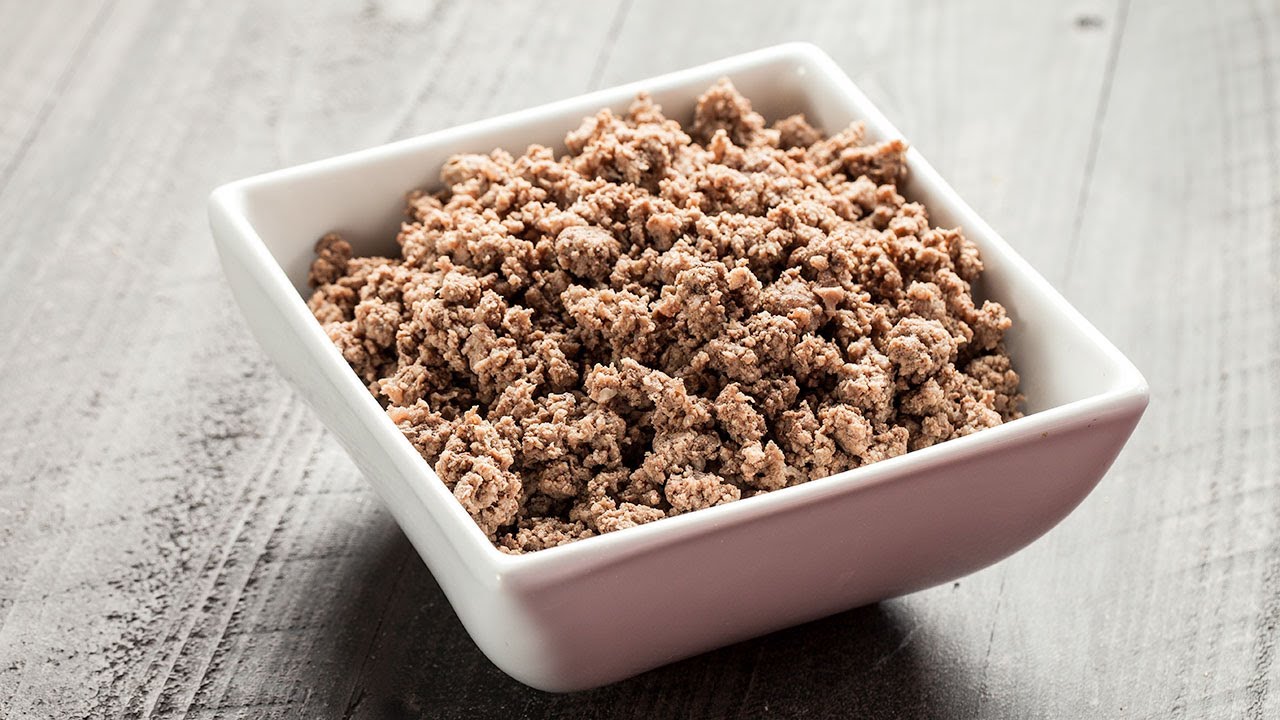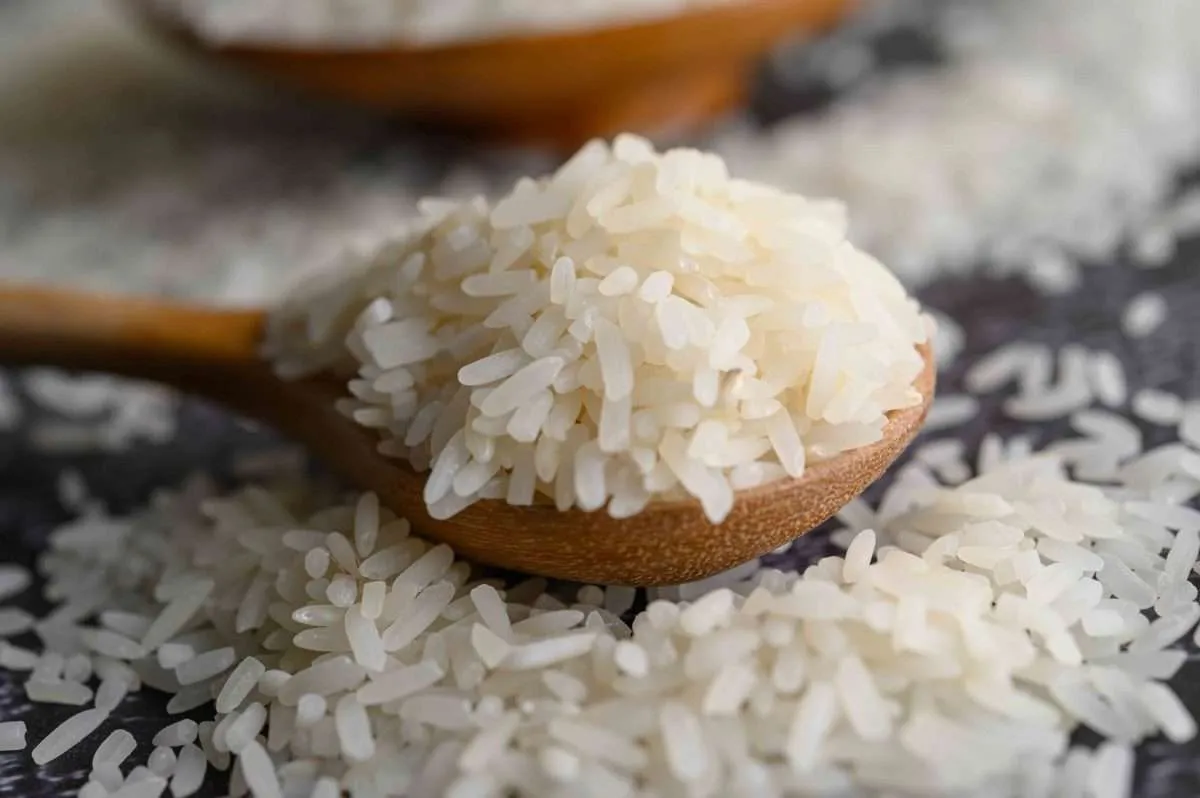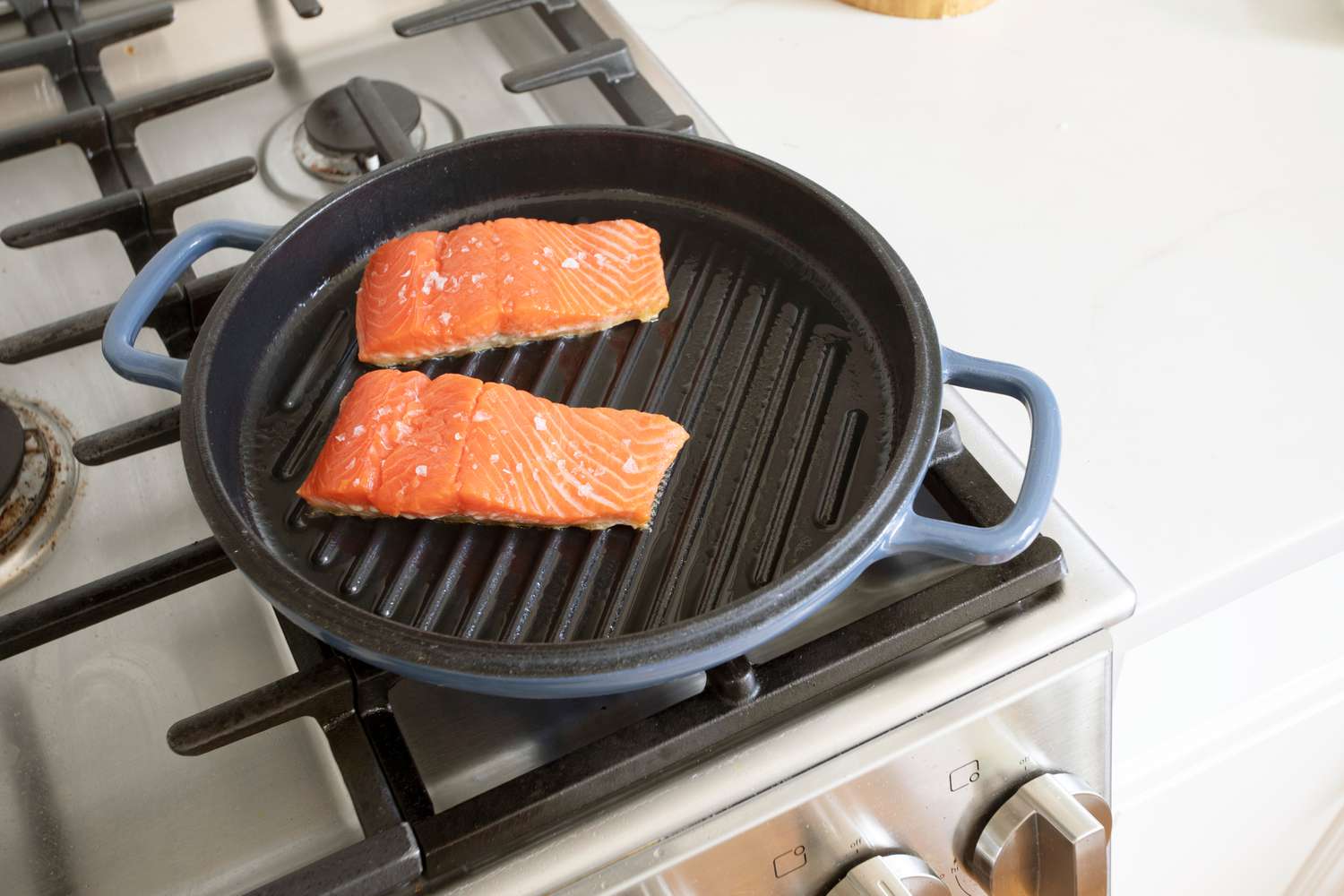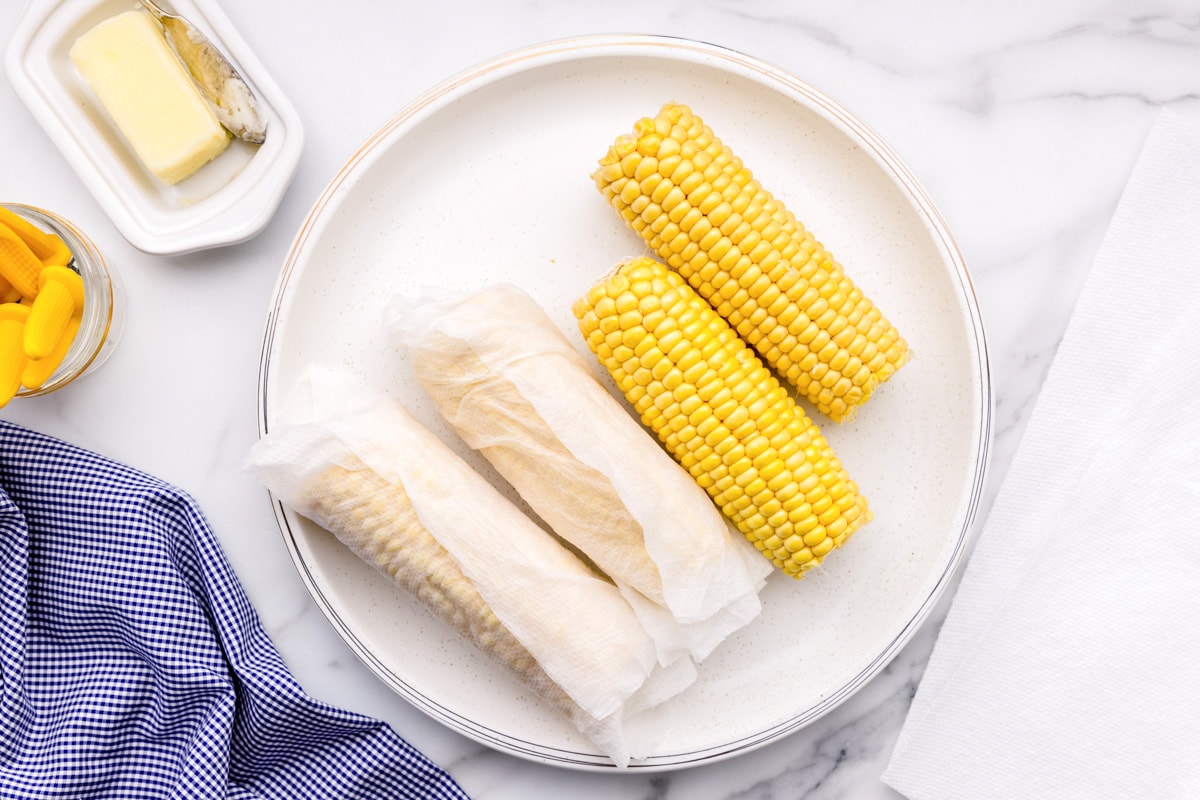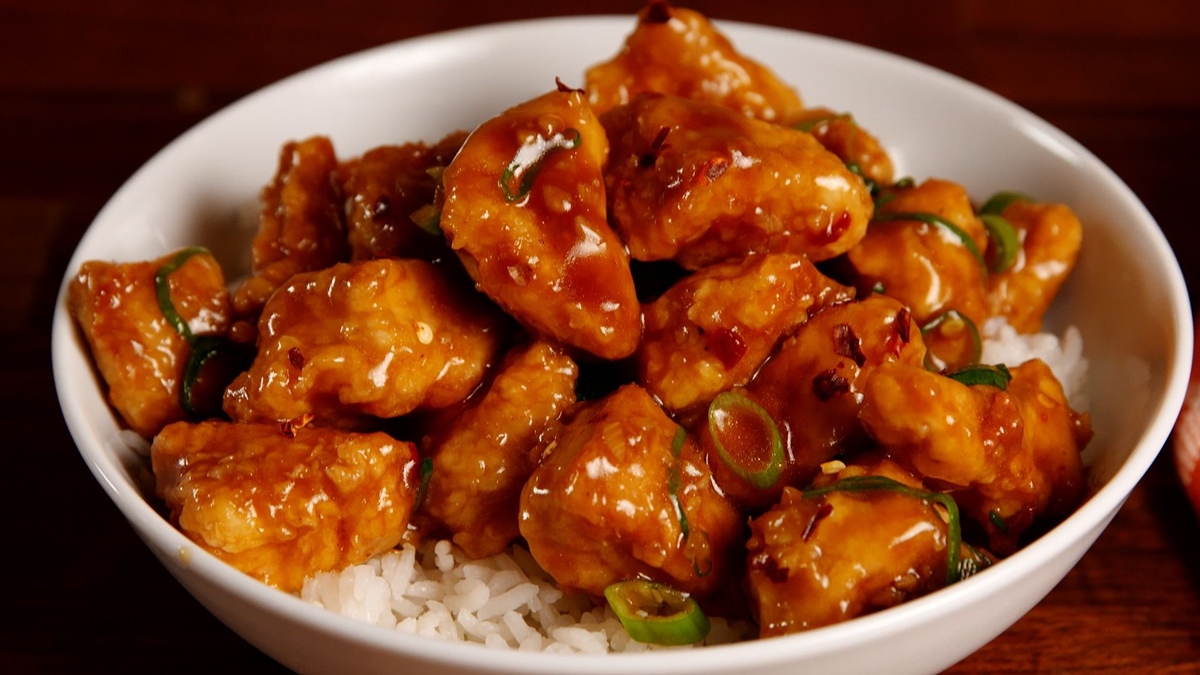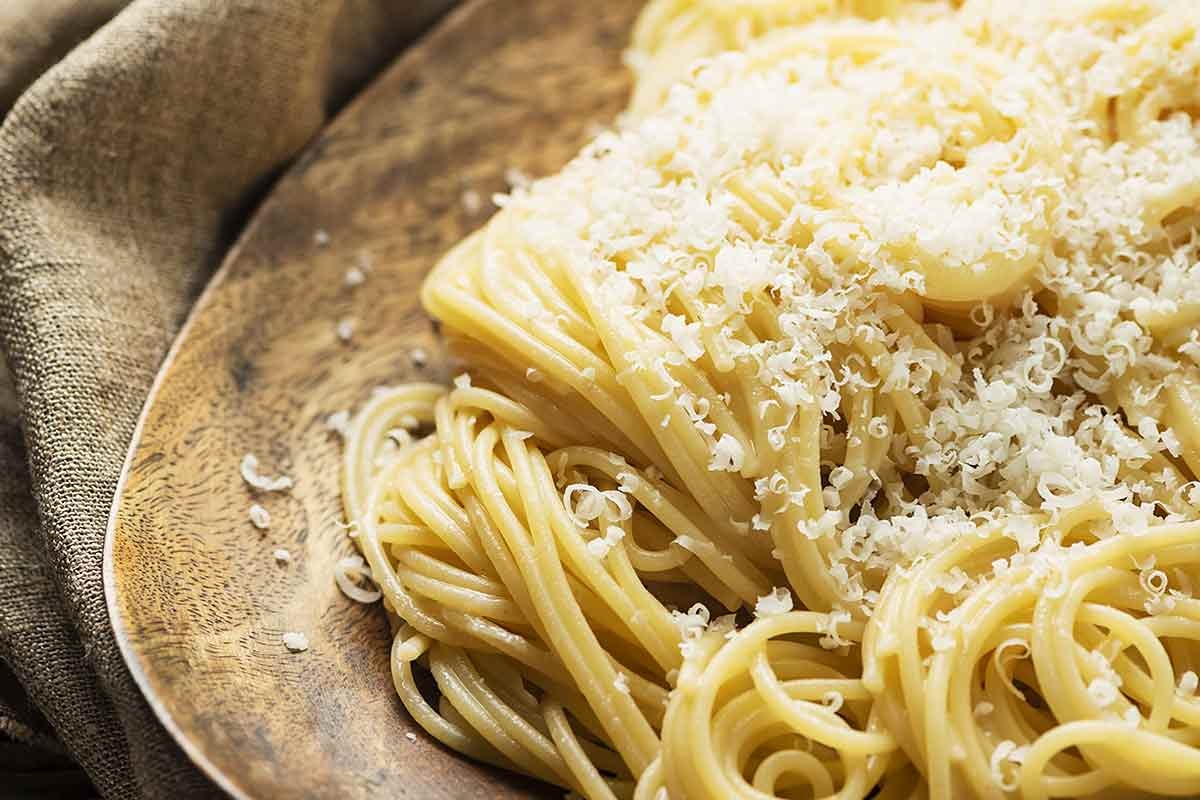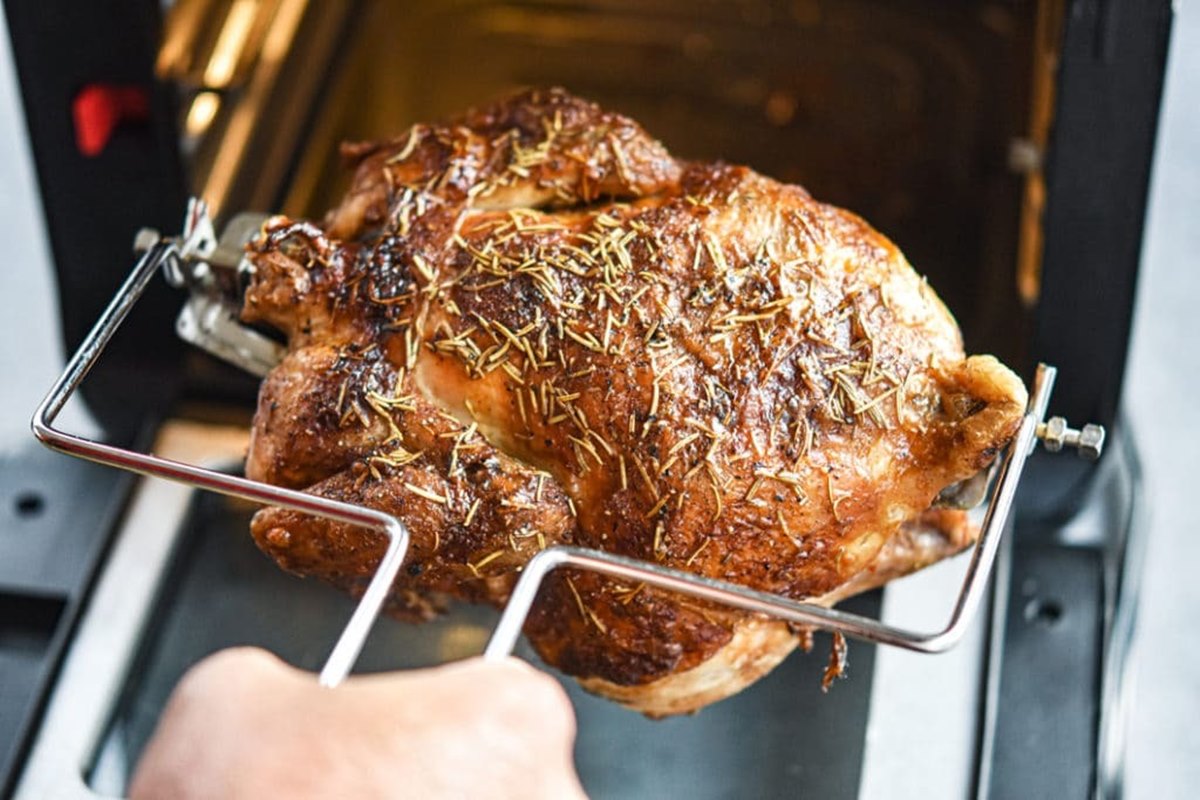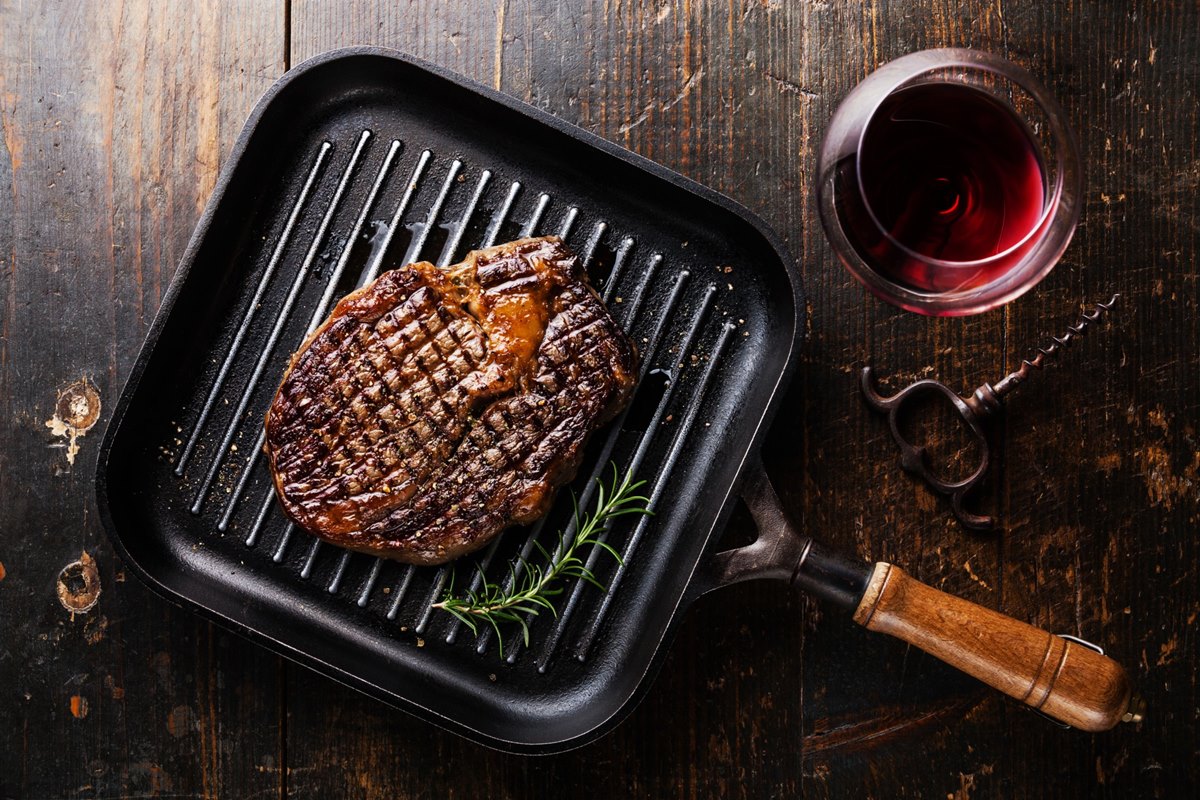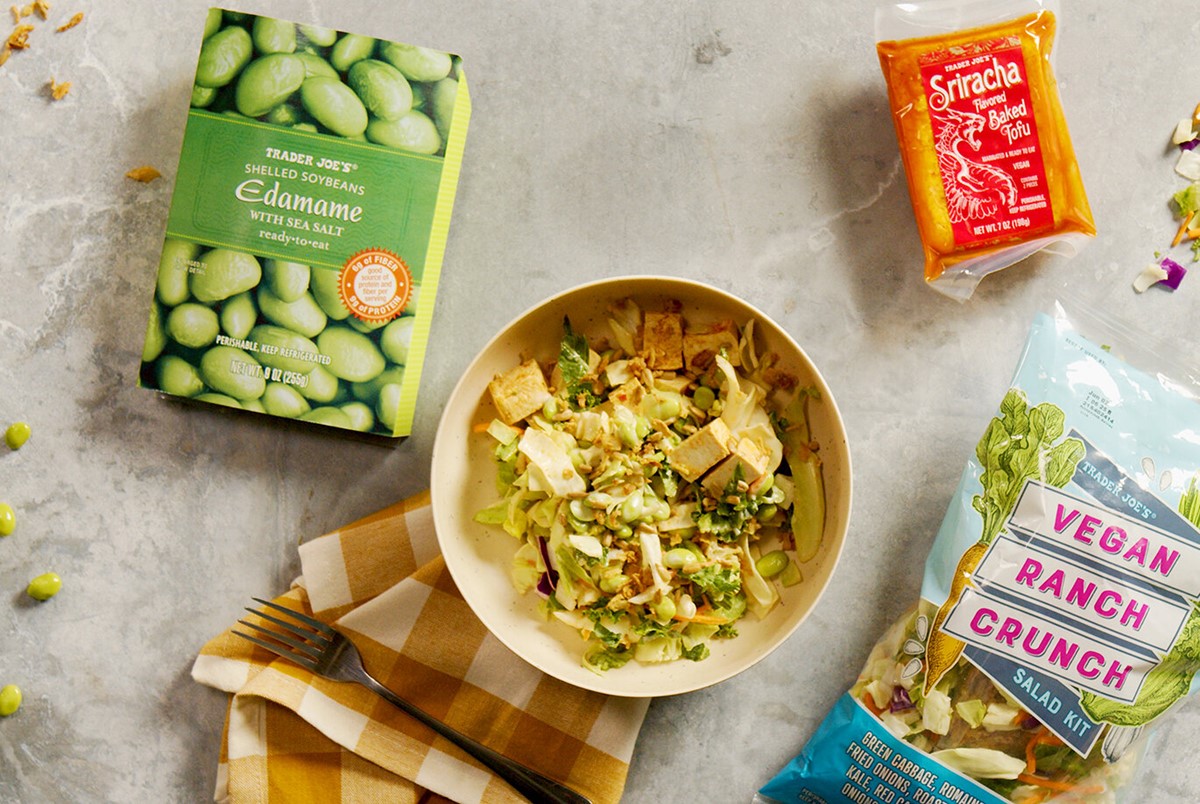Barley for Dogs: A Nutritious and Tasty Meal Option
When it comes to providing a wholesome and balanced diet for our furry friends, options are aplenty. One such option that often gets overlooked is barley. Barley is not only a nutritious whole grain, but it is also safe and highly beneficial for our canine companions. In this article, we will guide you through the process of cooking barley for dogs, ensuring that they receive all the essential nutrients they need.
Benefits of Barley for Dogs:
Before we dive into the cooking process, it’s important to understand why barley is a great addition to your dog’s diet. Here are some key benefits:
- Digestive Health: Barley is an excellent source of fiber, which aids in maintaining a healthy digestive system for dogs. It can help regulate bowel movements and prevent constipation.
- Nutrient-Rich: Barley is packed with essential nutrients such as vitamins, minerals, and antioxidants. It provides dogs with a good amount of energy and supports their overall health and wellbeing.
- Weight Management: Due to its high fiber content, barley can help dogs feel full for longer periods, which can be beneficial for weight management and preventing overeating.
- Heart Health: Barley contains beta-glucans, which have been shown to promote heart health. Incorporating barley into your dog’s diet can contribute to maintaining a healthy cardiovascular system.
How to Cook Barley for Dogs:
Now that we understand the numerous benefits of including barley in our dog’s diet, let’s move on to the cooking process. Follow these simple steps to prepare a nutritious and tasty barley meal:
- Start by rinsing the barley thoroughly to remove any dirt or debris. For every cup of barley, use three cups of water or homemade broth.
- In a pot, bring the water/broth to a boil and add the rinsed barley.
- Reduce the heat to low, cover the pot, and let it simmer for about 40-45 minutes or until the barley is tender. Make sure to stir occasionally to avoid sticking.
- Once the barley is cooked, remove it from the heat and let it cool down.
- If desired, you can mix the cooked barley with your dog’s regular food or serve it as a standalone meal. Remember to adjust the portion size based on your dog’s weight and nutritional needs.
Note: It’s always recommended to consult with your veterinarian before introducing any new food or making significant changes to your dog’s diet. They can provide specific guidance based on your dog’s individual needs and health conditions.
Other Ways to Serve Barley to Dogs:
While cooked barley is the most common form, there are other ways you can incorporate this nutritious grain into your dog’s meals:
- Barley flour can be used in homemade dog treats or as a substitute for regular flour in baking recipes.
- You can prepare a barley salad by mixing cooked barley with vegetables and a protein source such as cooked chicken or fish.
- For added flavor, you can mix cooked barley with a small amount of low-sodium chicken or vegetable broth.
Remember, moderation is key when introducing new foods to your dog’s diet. Start with small portions and observe how your dog reacts to barley. If any digestive issues or allergies arise, discontinue use and consult your vet.
In conclusion, incorporating barley into your dog’s diet can bring a myriad of health benefits. By following the simple cooking steps outlined above, you can provide your furry friend with a nutritious and delicious meal option. So why wait? Treat your dog to the goodness of barley today!
Was this page helpful?
Read Next: How To Cook With Chicory Root
